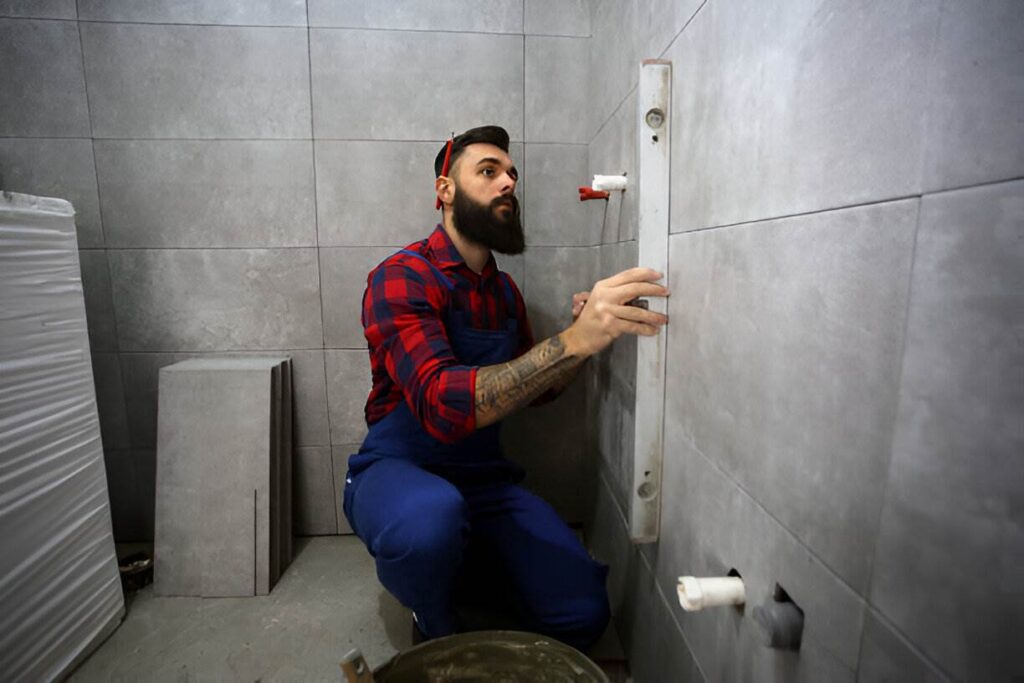During the winter, the average American household could spend as much as $550 on heating costs.
Those heating bills could get even higher if you live in an area with harsh winters. Insulating a home can make it easier to keep the heat inside and avoid paying higher electricity expenses.
You can insulate several places in your home to keep it warm and cost-effective.
Keep reading to find out what you need to know about home insulation, most notably, the factors that affect the cost to insulate a home.
Factors That Affect the Cost to Insulate a Home
There are a variety of factors that affect the costs of insulating a home. The type of insulation, size of your home, climate, and R-Value play a role in the final cost.
The Size of the Home
The cost of insulating your home will vary depending on its size. A small home may only need a few bags of insulation, while a larger home may need several truckloads.
The insulation cost is not the only cost to consider, as the installation costs also vary. Smaller homes will probably have lower installation costs than large homes.
If you are looking for the most cost-effective way to insulate your home, try insulating your loft. It is often one of the most challenging places to keep warm at home, so insulating it can make a big difference. If you are unsure about how to insulate a loft, you can always hire a professional to do it for you.
The Insulation Type
The cost of insulating a home will vary depending on the type of insulation used. Fiberglass insulation is the most common type of insulation and is relatively inexpensive. Rigid foam insulation is more expensive but provides better insulation than fiberglass.
Cellulose insulation is made from recycled paper and is one of the most environmentally friendly options. It is also one of the more expensive insulation options.
The Climate
It is essential to insulate a home to keep the heat in and the cold out. It is a way to be energy efficient and save money on utility bills.
In colder climates, homeowners must invest in more insulation to keep their homes warm. Meanwhile, they will need to focus on insulating against the heat in hotter climates.
The R-Value
The R-value is a measure of a material’s resistance to heat flow. The higher the R-value, the more effective the material is at insulating. The type of insulation, the thickness of the insulation, and the climate all play a role in determining the R-value.
Generally, the higher the R-value, the higher the insulation cost. However, many factors affect the insulation cost, and the R-value is only one.
Make a Smart Decision!
Insulating a home is a significant investment that will save money on energy bills and make the home more comfortable to live in. Some factors that affect the cost to insulate a home are the size of the house, the insulation type, the climate, and the R-value.
The cost of home insulation can range from a few hundred to a few thousand dollars. However, the money you’ll save on your energy bills will more than make up for the initial investment. Insulating your home is a smart decision for both your wallet and the environment.
Is this article helpful? Check out the rest of our blogs for more tips and guides!





Leave a Reply
You must be logged in to post a comment.